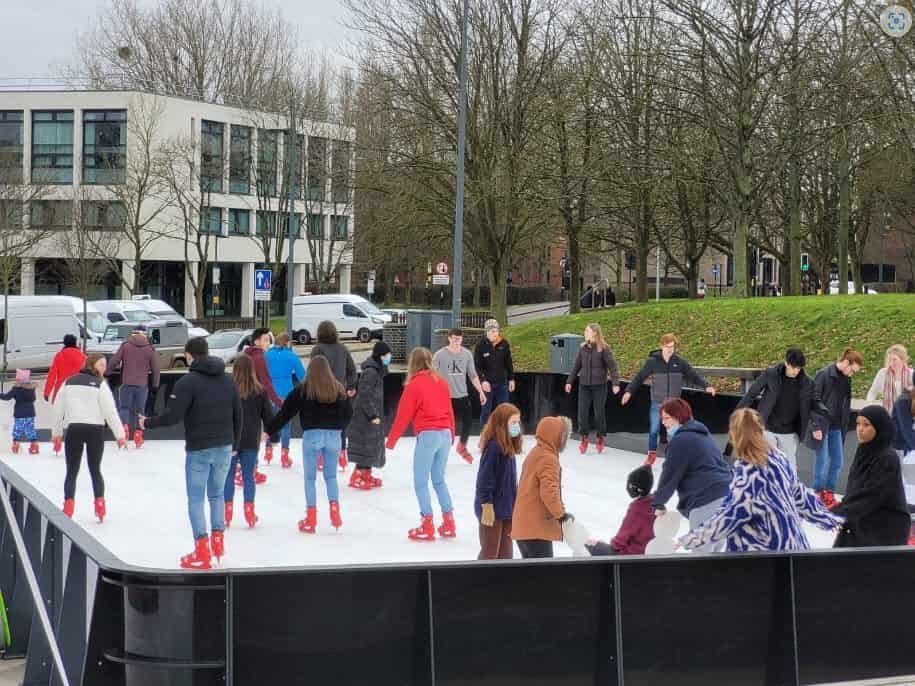Ensuring Safe Skating: Understanding the Safety Aspects of Synthetic Ice Rinks
Introduction:
Synthetic ice rinks have gained popularity as a versatile and convenient alternative to traditional ice rinks. Offering year-round skating opportunities, these artificial surfaces mimic the gliding experience of real ice without the need for refrigeration. However, like any sporting activity, safety is of paramount importance when using synthetic ice rinks. In this article, we will explore the safety aspects of synthetic ice rinks and highlight measures that can be taken to ensure a secure and enjoyable skating experience.
- Slip and Fall Prevention:
One of the primary safety concerns in any skating environment is the risk of slips and falls. While synthetic ice surfaces are designed to provide good traction, factors such as skater technique, equipment, and surface cleanliness play a role in minimizing accidents. Regularly inspecting the synthetic ice panels for damage or wear is crucial. Keeping the surface free of debris, snow, and ice buildup will further reduce the likelihood of accidents.
- Protective Gear and Equipment:
Skaters should always wear appropriate protective gear, especially when using synthetic ice rinks for training or intense activity. Helmets, knee and elbow pads, wrist guards, and proper footwear are essential to safeguard against injuries in case of a fall. Educating users, particularly beginners, about the importance of protective gear can significantly enhance overall safety.
- Rink Size and Configuration:
The size and configuration of a synthetic ice rink play a role in ensuring a safe skating environment. Rinks should be appropriately sized to accommodate the number of skaters without overcrowding. Additionally, the rink layout should have ample space around the edges to allow skaters to slow down and stop safely.


- Rink Maintenance:
Regular maintenance of the synthetic ice rink is crucial to its safety. Inspecting and cleaning the surface on a routine basis ensures that any damage or wear is promptly addressed. Minor imperfections can be repaired to prevent potential hazards. Additionally, applying a proper glide enhancer or lubricant can maintain the surface’s gliding properties and reduce friction, making it safer for skaters.
- Temperature and Weather Considerations:
Unlike traditional ice rinks, synthetic ice rinks are not affected by ambient temperatures. However, extreme weather conditions, such as heavy rain or high temperatures, can impact the surface’s performance. It is important to monitor weather conditions and adjust skating activities accordingly to ensure optimal safety.
- Supervision and Training:
Having trained staff or instructors on-site can significantly contribute to the safety of the synthetic ice rink. These professionals can provide guidance to skaters, especially beginners, and enforce safety rules and regulations. Proper training sessions can also help skaters develop the necessary skills to navigate the rink safely.
Conclusion:
Synthetic ice rinks offer a fantastic opportunity for skaters to enjoy their favourite sport year-round. By prioritizing safety measures and implementing best practices, the risk of accidents and injuries can be minimized. Regular maintenance, proper equipment, supervision, and skater education all contribute to creating a safe and enjoyable experience on synthetic ice rinks. When utilized responsibly and with safety in mind, synthetic ice rinks provide an excellent platform for skaters of all ages and skill levels to hone their abilities and experience the joy of skating.


